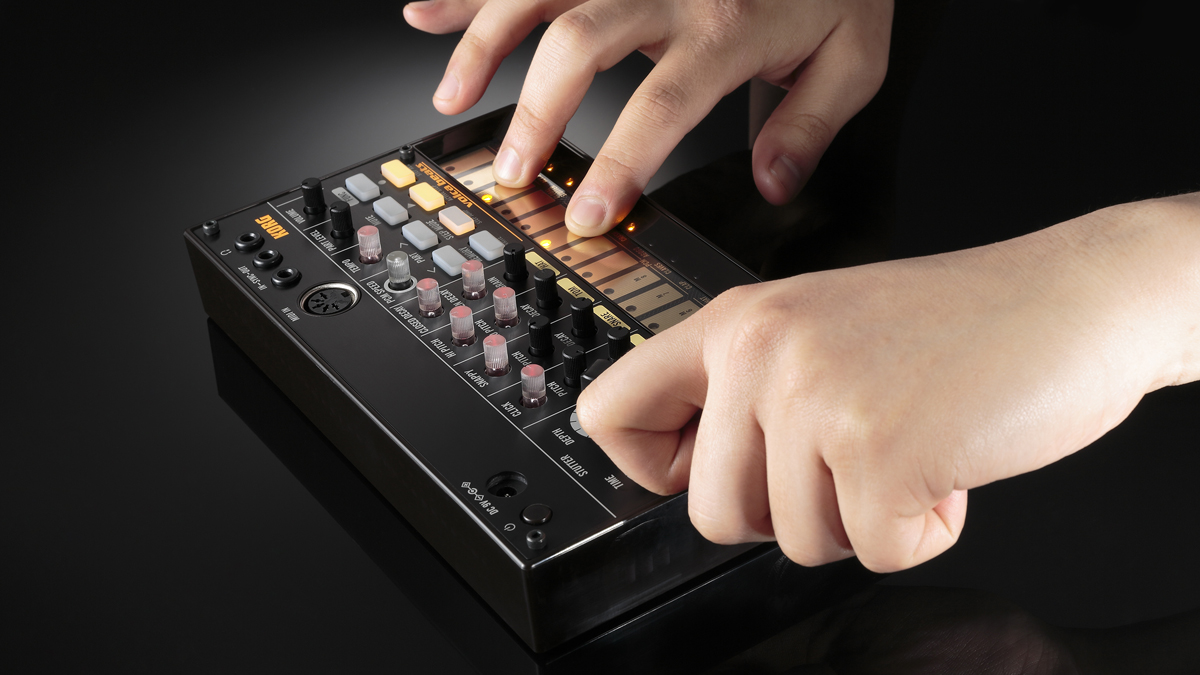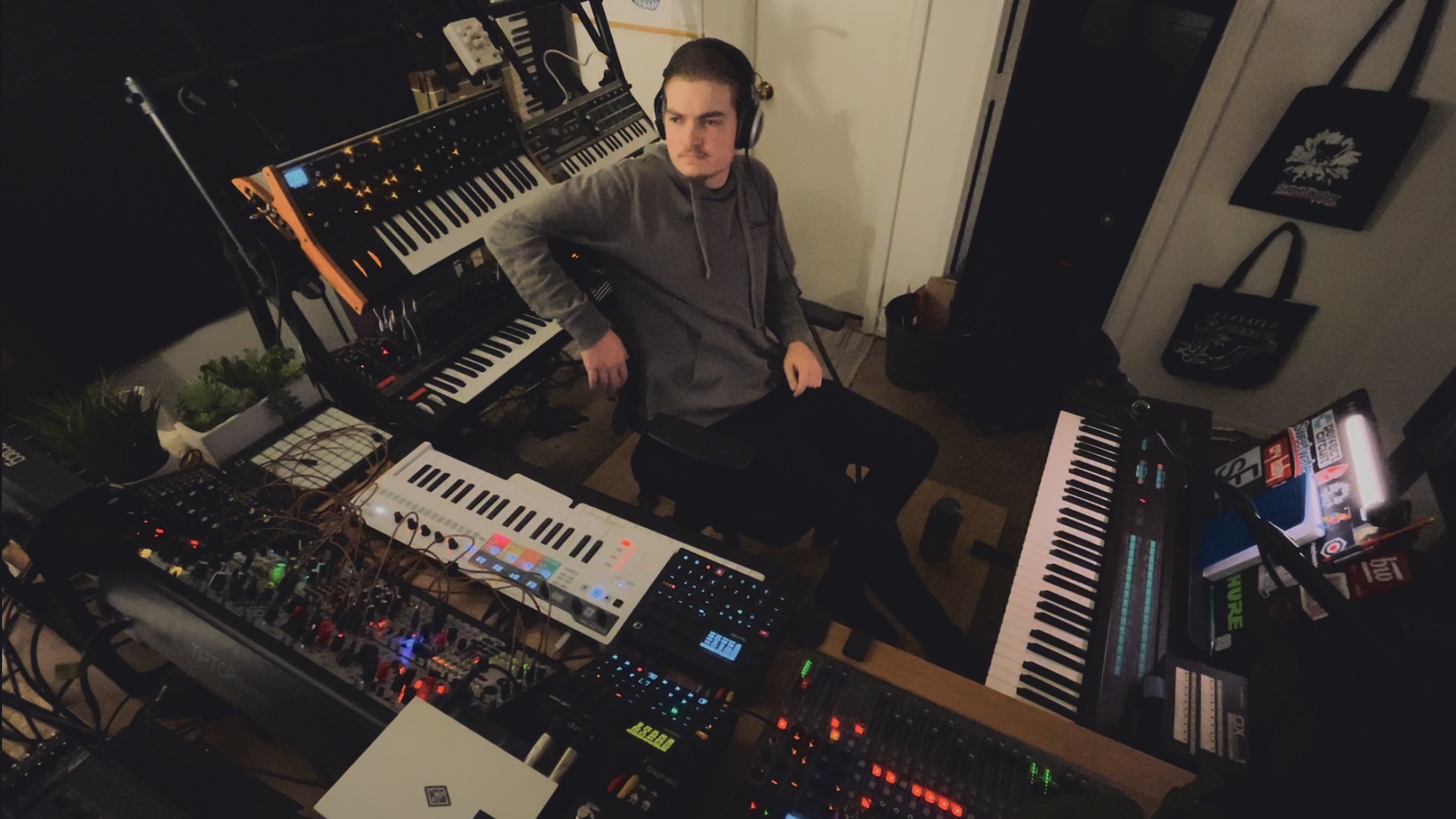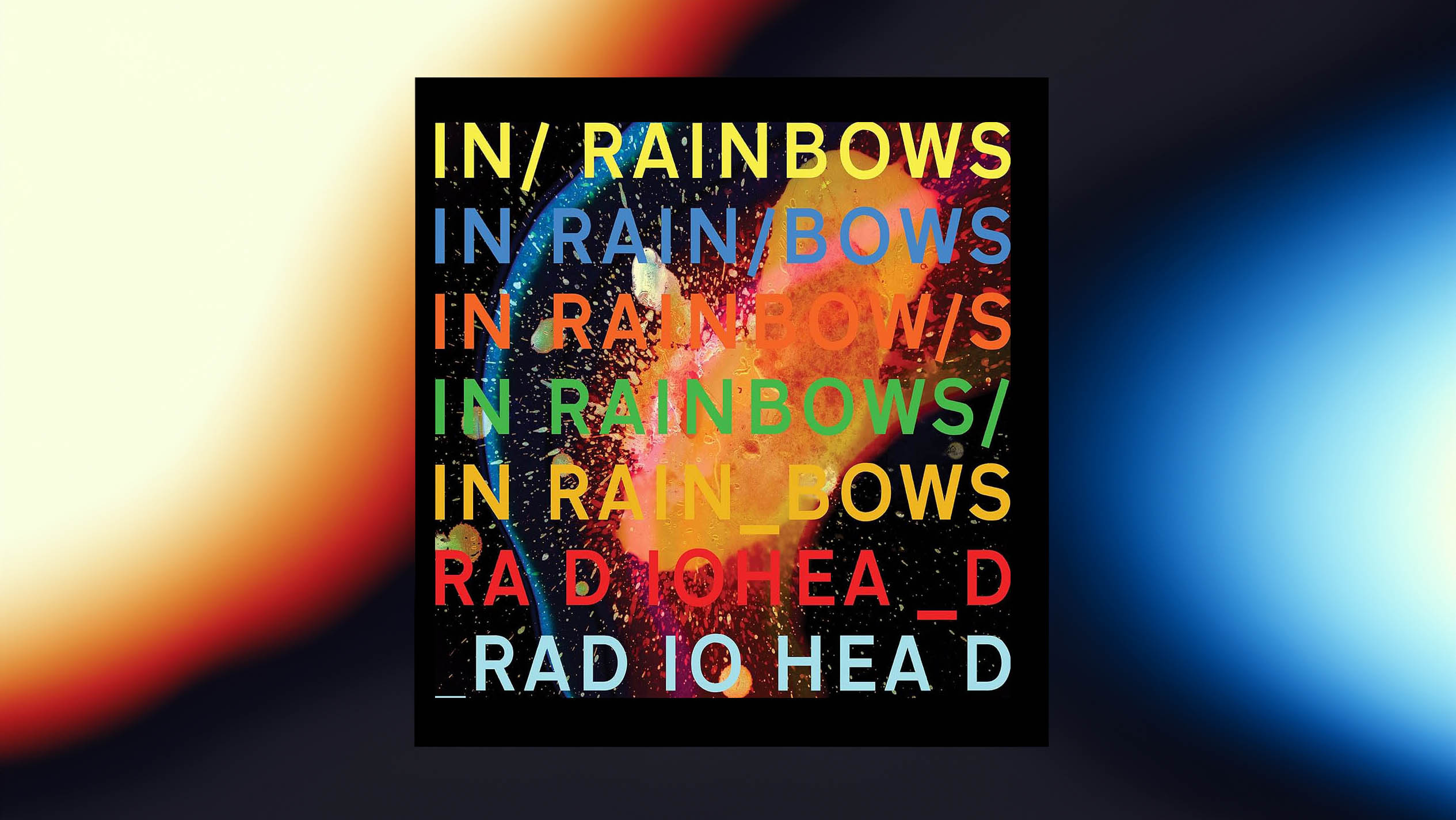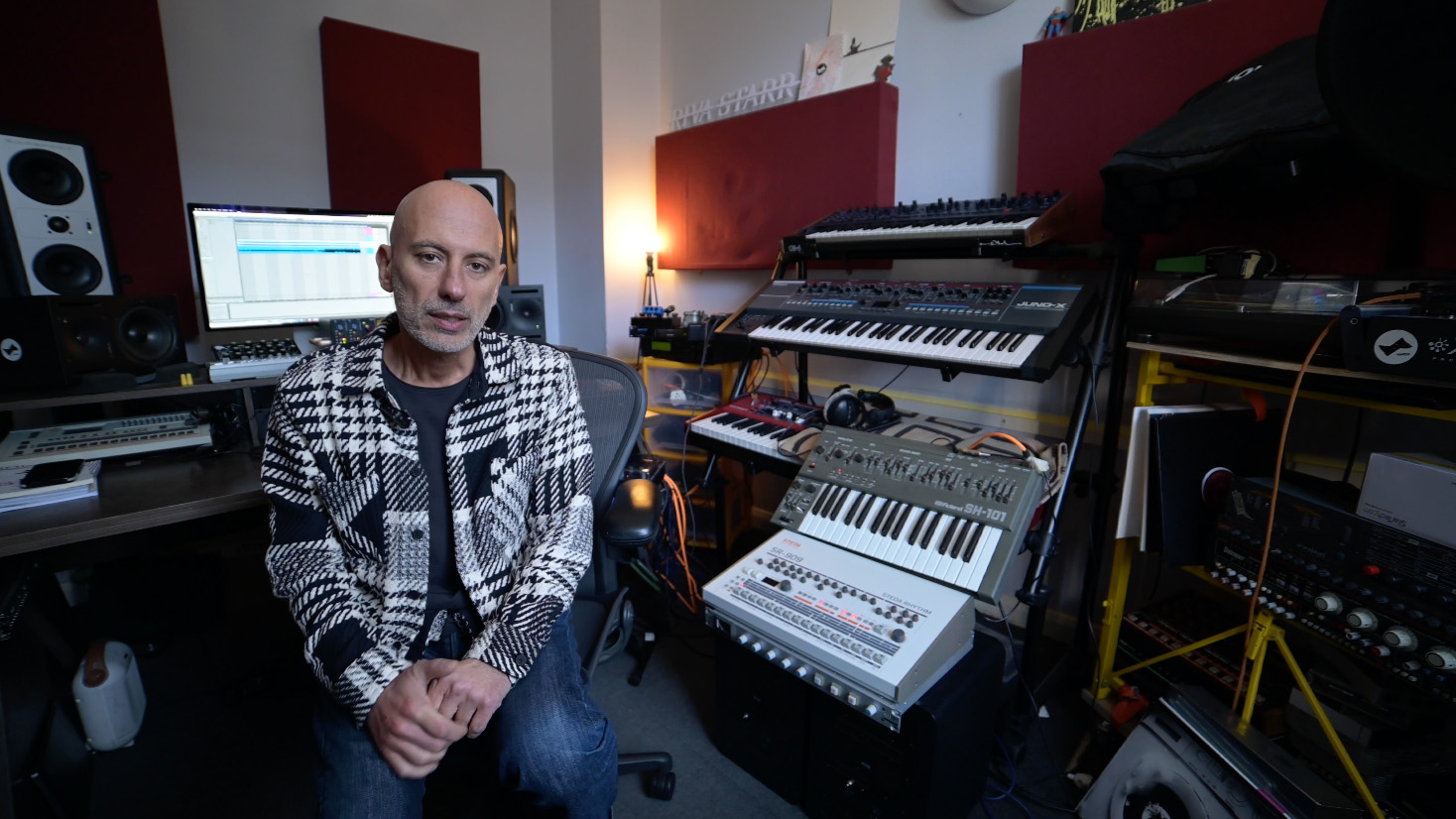“Analogue is better than digital, Behringer gear is garbage, and your cheap-ass monitors are ruining your mixes”: 10 of the most persistent music tech myths busted
It's time to separate fact from fiction. We take on ten hot takes confidently spouted by purists, gatekeepers and overzealous Redditors

When did music production begin to have so many rules? It used to be that you could get away with pretty much anything when making tunes. Vinyl mastering engineers would probably tell you to make your bass mono so the needle doesn’t jump out of the record, but other than that, the sky was the limit - if only because in a pre-social media era, who was going to tell you otherwise?
Nowadays, however, you can’t take two steps on the internet without tripping over a loud and confidently stated opinion on the “correct” way to make music. Reddit, Facebook, YouTube, they’re all lined with hot takes masquerading as unbreakable rules, purists and gatekeepers claiming that analogue is always better than digital, Behringer gear is garbage, and your cheap-ass monitors must be ruining your mixes. What’s an up-and-coming musician or producer to do? In short: ignore them.
Many of the most transformative genres to emerge in the last 50 years - from punk to jungle to trap - were based around breaking the rules. Producers of old didn’t worry about what they were supposed to do, or waste their time pondering the opinions of beard-stroking strangers. They just got on with making the music that they wanted to make. Many of the most persistent myths that get repeated as fact don’t even hold up in real life. Here’s our number one rule: if it sounds good to you, it is good.
In the spirit of those legendary rule-breakers of old, here we take a closer look at ten oft-repeated music tech myths that fall apart in the harsh light of day.
1. Analogue is better than digital
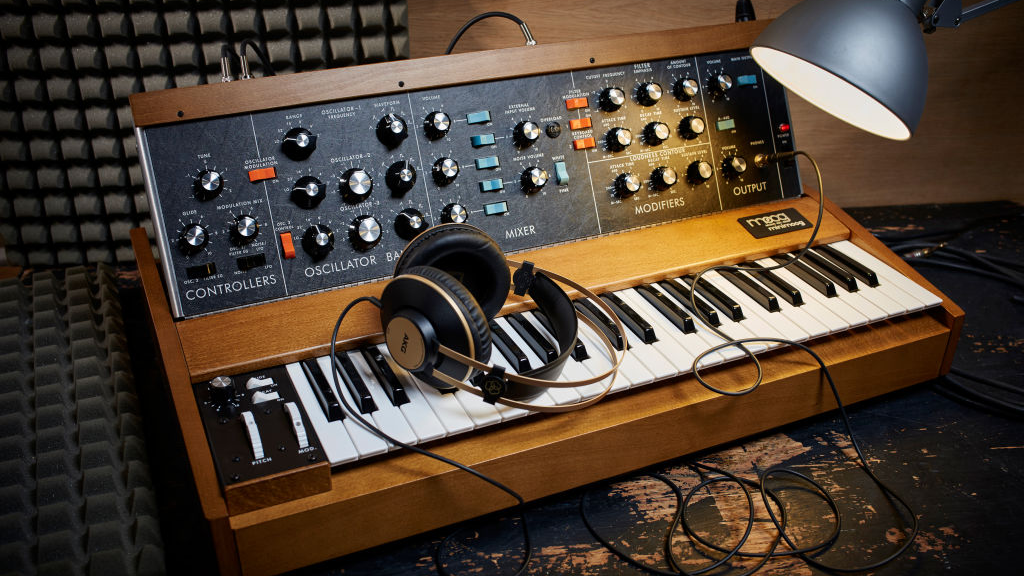
Let’s start with this old chestnut. Many people will try to tell you that analogue synthesis is somehow inherently ‘better’ than digital. They don’t bother with any of that virtual analogue nonsense (despite the power, flexibility and convenience that digital can provide), nor will they trouble themselves with wavetables, FM or indeed anything other than tried-and-true, old-school subtractive synthesis.
Analogue can sound great, it’s true. It’s hard to top a vintage Minimoog or CS-80 in top condition for sheer sonic deliciousness. But objectively better? That’s a stretch. Limiting yourself to just one flavour can lead to bland results. It can also be a real challenge to get a lead to pop out of an all-analogue mix. And if analogue is the be-all and end-all, why are digital synths like Serum so popular? (Hint: because they sound good.)
Choose a synth because you like the way it sounds, not because of what’s under the hood.
Get the MusicRadar Newsletter
Want all the hottest music and gear news, reviews, deals, features and more, direct to your inbox? Sign up here.
2. Behringer gear is garbage
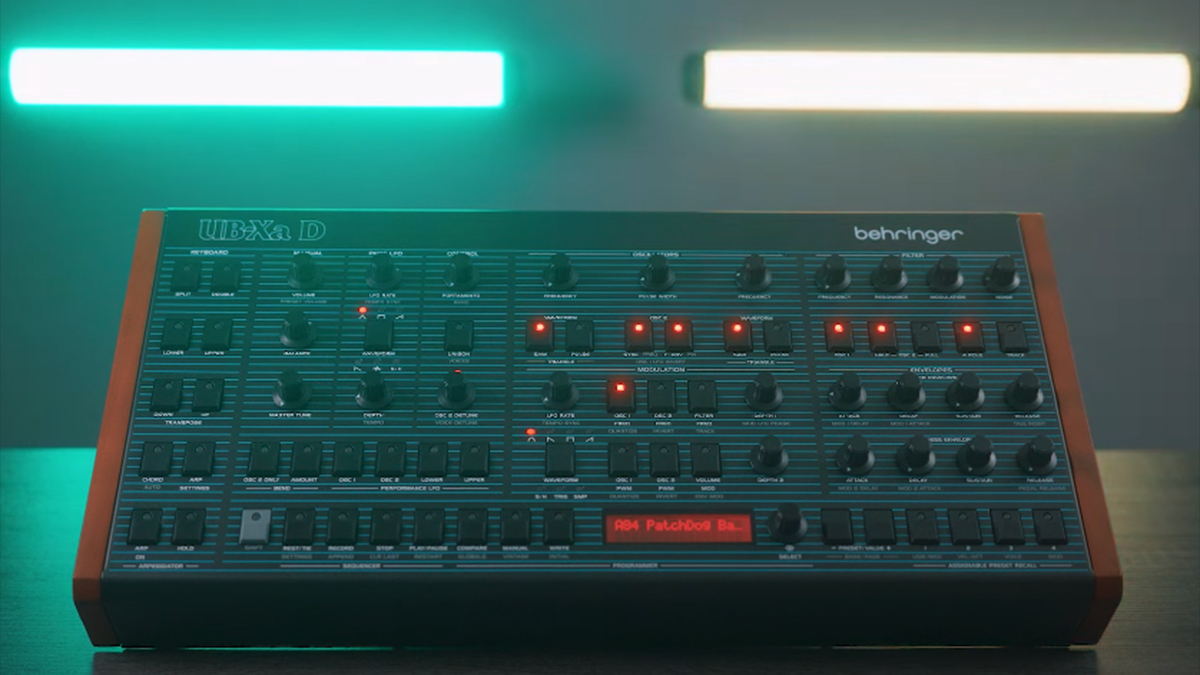
Comments about Behringer gear tend to fall into two main camps: it’s either complete garbage, or it’s incredible, and the company is going to save the world by releasing budget synths. Somewhere in between these two polarities is the truth: products from a mass-market retailer occasionally do fail, but no more than those of any other manufacturer working at a similar scale.
So why the hate? This appears to be a holdover from users who got burned by unreliable products in the ‘90s before Behringer made a number of manufacturing changes. It also restructured the company, with Behringer now just one of many brands under the Music Tribe banner, an umbrella that also includes respected outfits like Midas, Klark Teknik and TC Electronic. They can’t all be bad, can they? And why would Behringer's products be inferior and the others' not… even though they’re all made by the same company?
It’s not just poor musicians that use Behringer products, either; plenty of big-name artists do too. Hans Zimmer famously took his Behringer 2600 on the road to spare his vintage ARP the abuse, while the acid clone TD-3 has been caned by Squarepusher, KiNK, Anthony Rother and many more. Some may question their imitative designs, but Behringer makes solid gear at an unbeatable price. Don’t let the past grudges of others prevent you from enjoying what the brand has to offer.
3. Korg Volcas are a joke
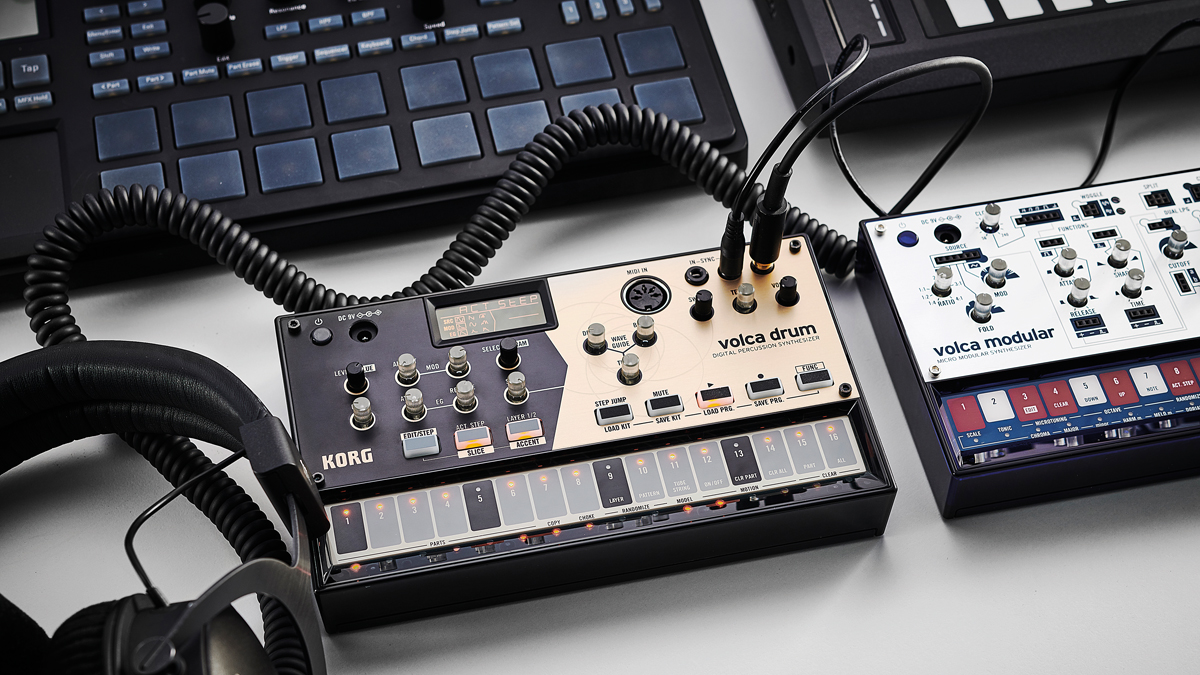
In 2013, Korg released a trio of tiny instruments, the Beats, Bass and Keys. These were all part of the Volca line, and they kick started a trend of low-priced, diminutive synthesizers, samplers and drum machines that continues to this day, with Korg now offering 10 Volca machines and plenty of other companies copying their style. And yet somehow, the name Volca has become synonymous with ‘joke’.
This smacks of gatekeeping. While the Volcas may be limited compared to other items in the Korg catalogue, they’re also much, much more affordable. This low price makes them ideal starting points for newbies looking to explore music production, or wanting to make the jump from software to hardware.
With their built-in sequencers and motion sequencing capabilities, Volcas are also exceedingly fun. Many also feature circuitry borrowed from much more expensive units too, ensuring that they sound just as good as their bigger siblings. They also have some pretty famous fans, with artists as diverse as Aphex Twin, Octo Octa, Gorillaz and Mura Masa all having used them.
The next time someone calls a Volca a toy, take that as a recommendation - toys are fun to play with, after all.
4. FM synths sound cold
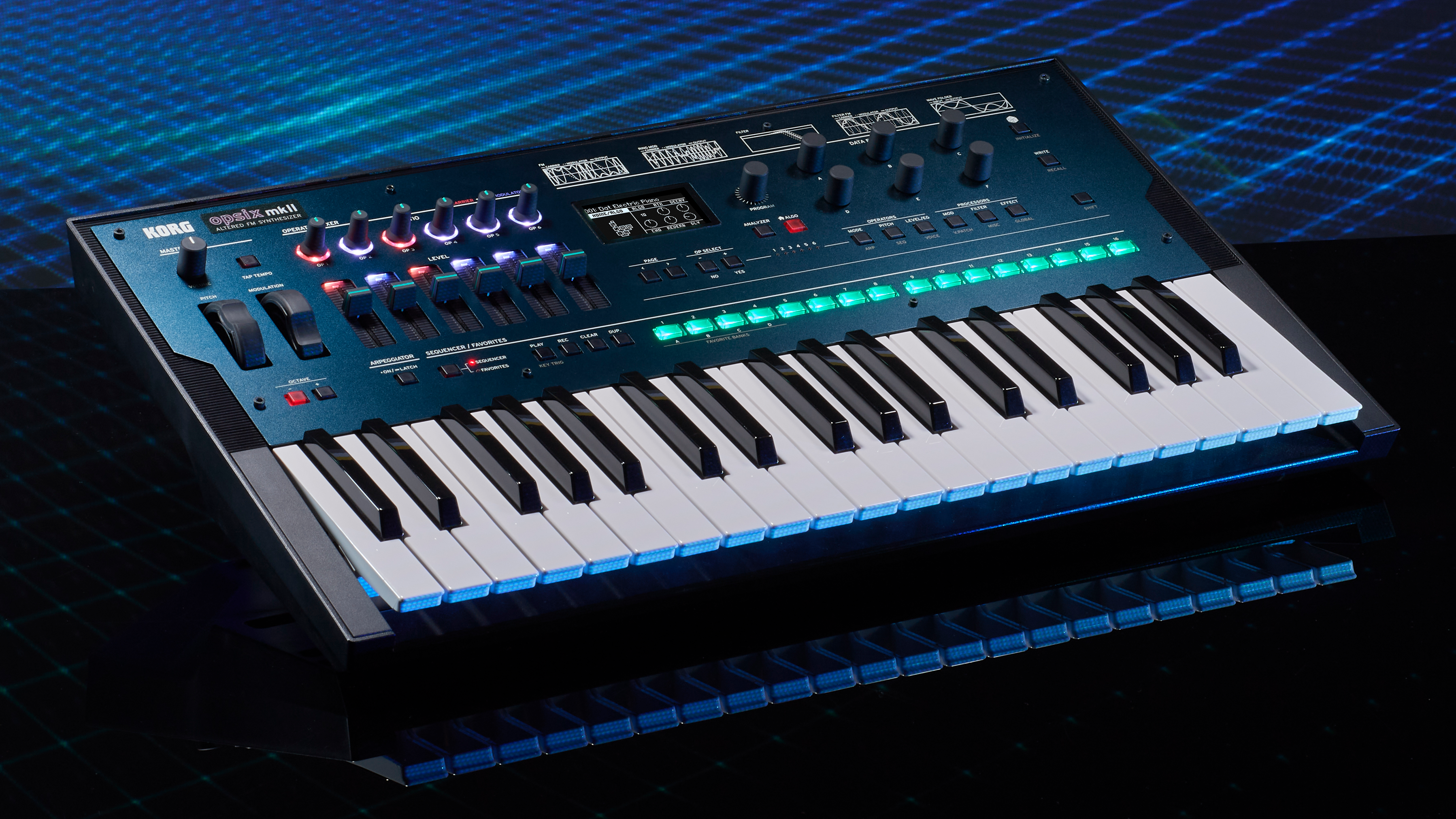
In 1983, Yamaha’s DX7 completely disrupted the synthesizer world, knocking analogue off its perch and introducing the world to the possibilities of digital synthesis. With its precise sounds and metallic, glassy tones, FM soon gained a reputation for being icy cold - particularly when compared to warm and fuzzy analogue synthesis.
While the famous EPiano 1 - the electric piano preset that dominated a thousand ‘80s hits - is admittedly on the chilly side, FM synths don’t have to be frostbite-inducing. A lot of this is down to the way you program them. While FM may excel at colder timbres, it can certainly do warm strings and brass too - you just don’t notice them as often, because they don’t stand out as much in a mix.
And, as FM synthesis has evolved over time, it’s also gotten warmer along the way. FM synthesis circa DX7 had only sine waves to play with. Modern FM synths are much more varied, with the Korg opsix (pictured above) offering 21 different waveshapes, ensuring many more toasty harmonics in the sound. They also often have analogue filters now, which can also heat things up a few degrees.
FM synthesis has a lot to offer. Frigid tones are just a small part of its repertoire.
5. GAS is bad
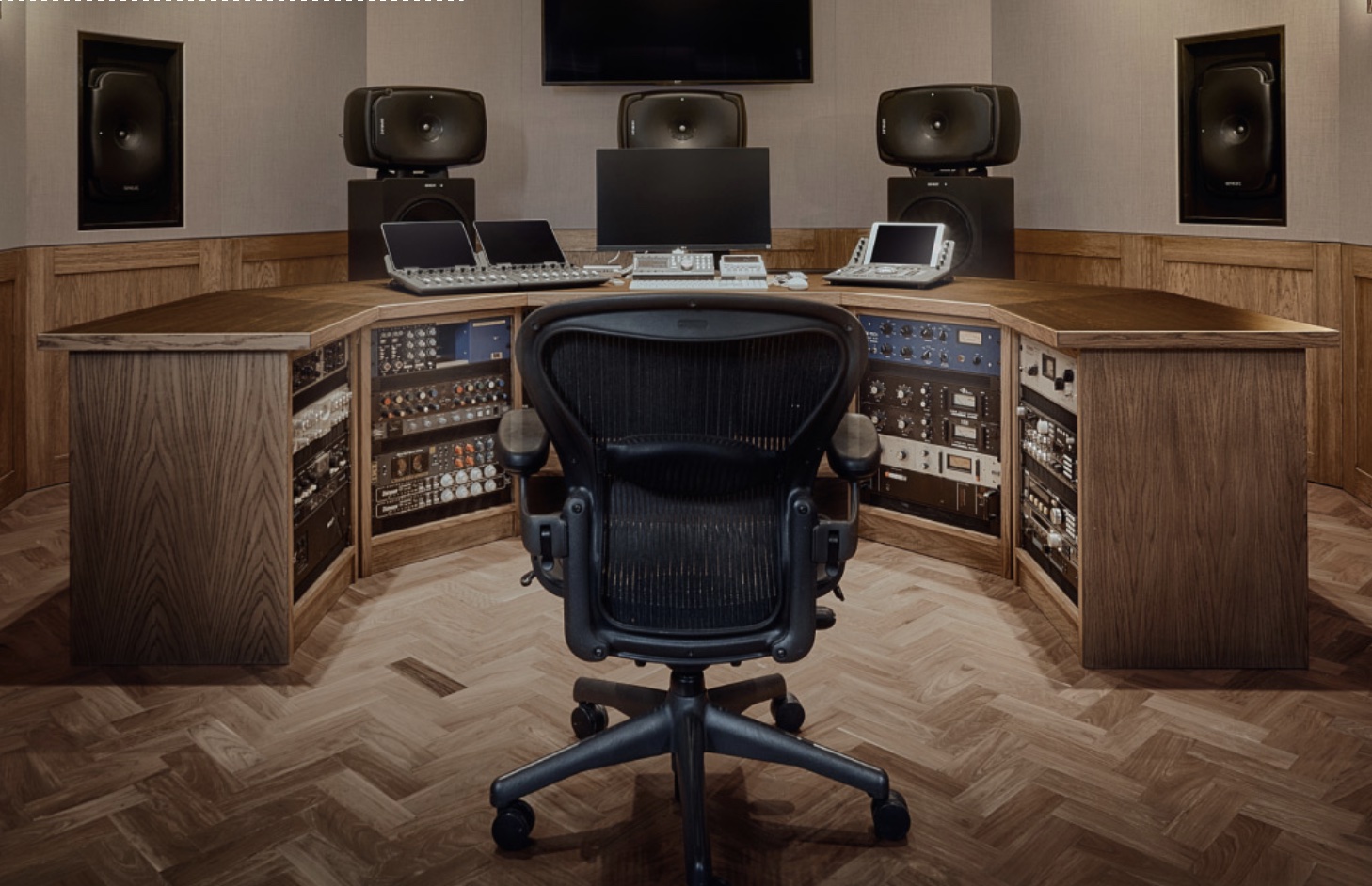
According to the armchair doctors of RedditMD, GAS is the worst affliction that can befall a musician. Short for Gear Acquisition Syndrome, it’s a colloquial acronym that describes what happens when purchasing new gear becomes more important than using and making music with said gear.
There’s a persistent attitude online that if you’re not making and releasing music with your gear or software then you’re some kind of worthless poseur. If you believe this, then getting caught up in buying gear can become shameful. Really, though, what’s so bad about it? As long as you’re having fun, who cares? And, with local music shops fast disappearing, there’s really no other way to try out gear than to buy first and ask questions later.
Not everyone sees it as a negative either. Take this anonymous Reddit user, for example: “(GAS) seems to be common in musicians, they love their instruments, and each one brings something a little different. Inevitably you have your favourite that you use all the time, but loving the tools you work with is not a problem, in my opinion.”
Of course, if you’re buying gear with money that you don’t have, that can become an issue. But having fun acquiring new gear within your means? Have at it.
6. Roland has lost it
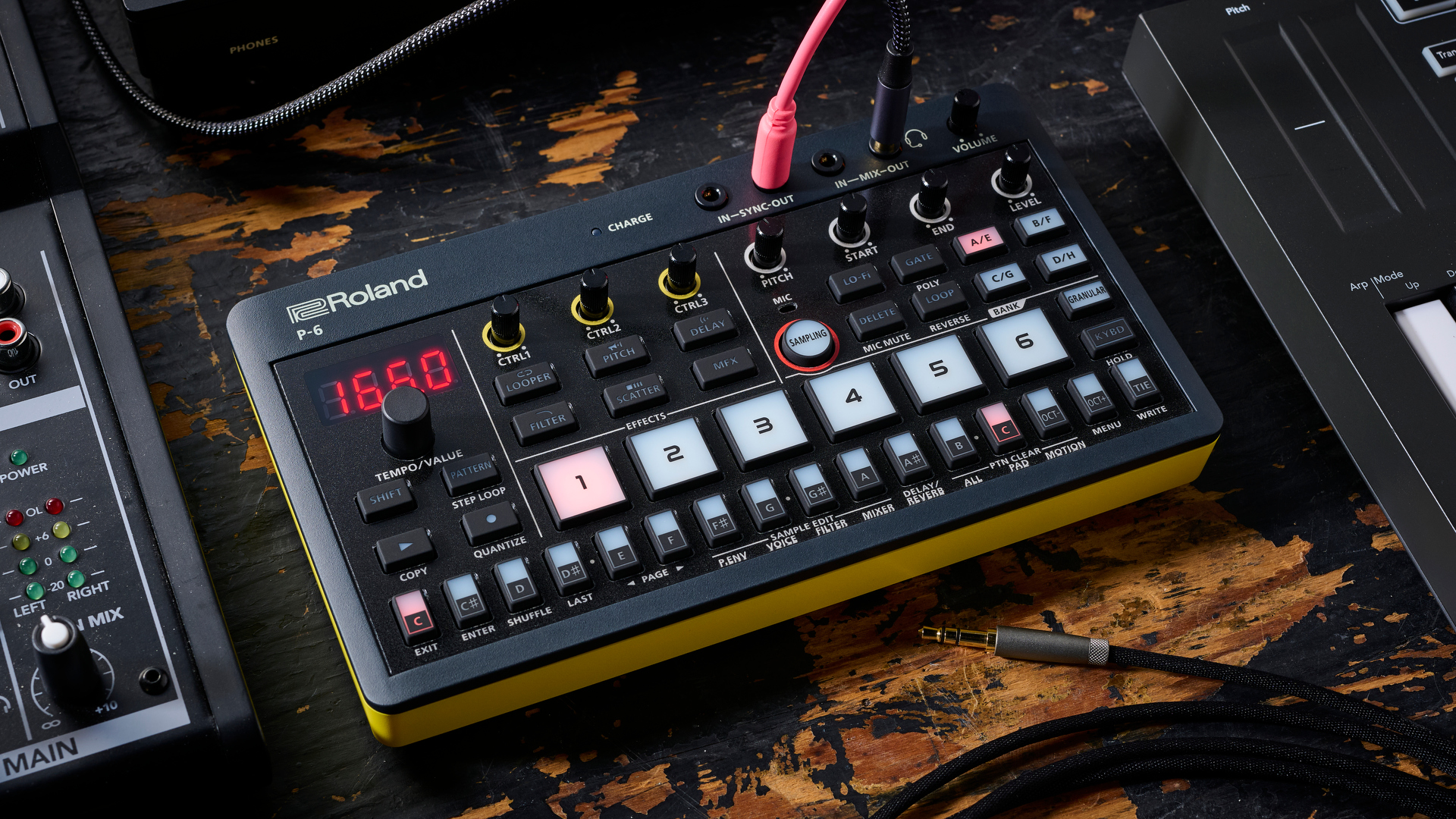
Spend enough time in the online synth community and you’ll start to see a pattern, especially when a new Roland product is announced. The story goes that the company has fallen off - it just isn’t as good as it was back in the day. This is largely due to the fact that it famously doesn’t “chase ghosts”, meaning that it won’t clone its own past products.
This refusal to dwell in the past is particularly irksome to those who pine for the halcyon days of analogue - never mind the fact that clones of the instruments they want are already available from a variety of competitors, both large and small.
Whether Roland is as innovative today as it was in the ‘70s and ‘80s is certainly up for debate - many of its most lauded products, such as the 808, 909 and 303, were actually failures at the time of release - but it remains a reputable company with a wide variety of successful product releases every year.
Just because it’s not focusing solely on the development of retro-styled analogue synths (although it occasionally still does), that doesn’t mean Roland is no longer a force to be reckoned with. The company continues to release affordable and innovative products that consistently rank highly in our reviews: just a few months ago, we included its P-6 sampler in our round-up of 2024's best gear.
7. Your monitors suck
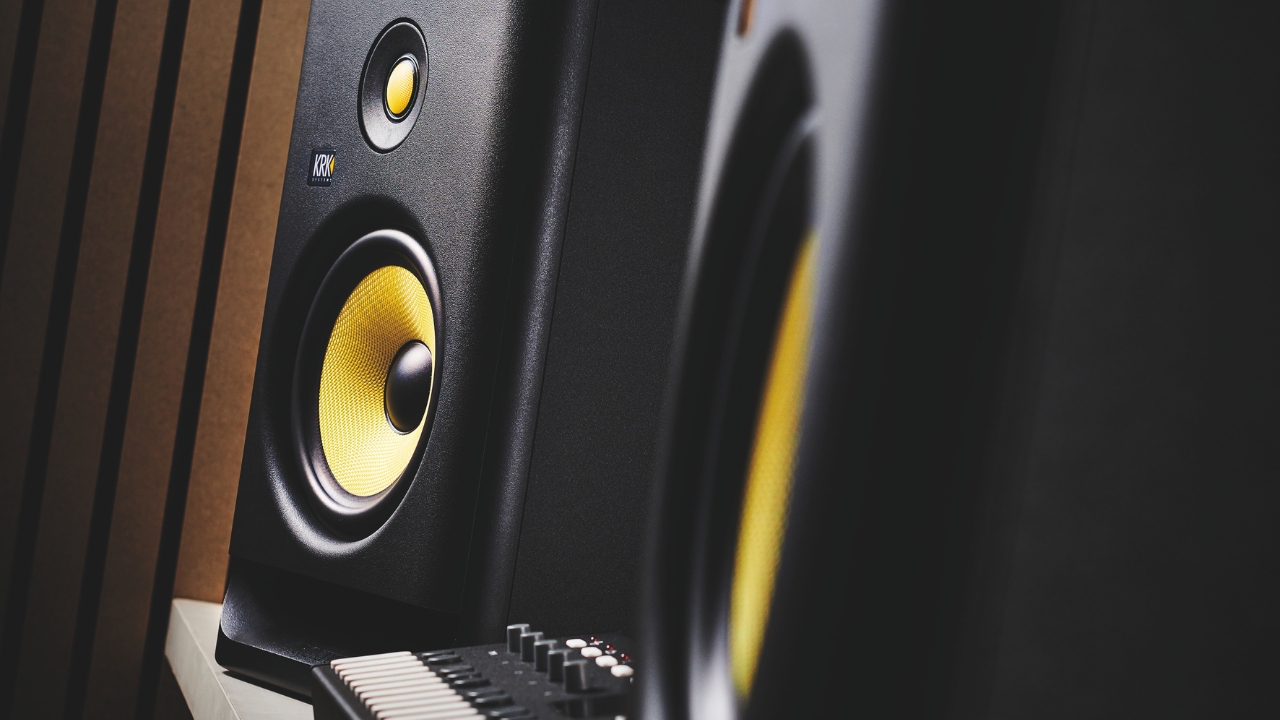
Have you ever experienced this? You post a flex photo of your studio to a Facebook group, fishing for a few compliments on the set-up that you’re really rather proud of, and then the insults begin to roll in: “When are you going to get new monitors?” “I’ll bet you don’t mix your own music with those speakers.” “Ew, Rokits.”
Despite being consistently well-rated and used by, well, pretty much everyone in the entire world, KRK’s Rokit monitors have become a target of internet scorn. Perhaps because they’re popular, or perhaps because they’re not quite specialist enough, they’re the gatekeeper’s first port of call when they want to take you down a peg.
Are there better monitors out there? Of course there are. But not everyone has that kind of expendable income, especially not in these days of mindless tariffs and sky-high inflation. Isn’t knowing your monitors and how they react to the room the most important thing anyway? And speaking of rooms…
8. Without sound treatment, your studio is worthless
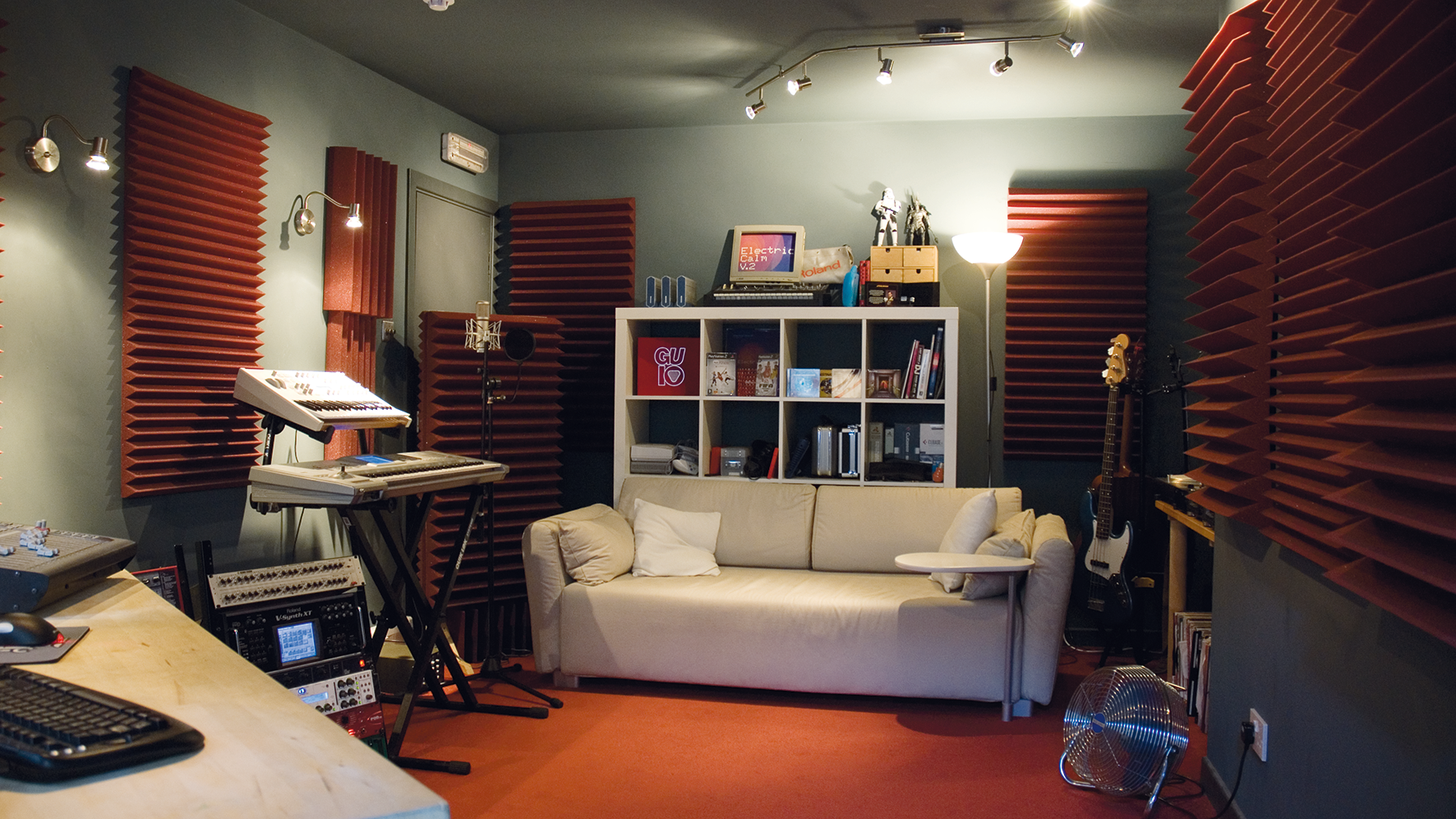
Once the trolls get tired of picking you apart your monitors, they’ll inevitably move on to the next low-hanging fruit: the lack of acoustic treatment in your studio. Oh, the eternal shame to be sans rock wool, bereft of bass traps, and short of sound-deadening panels. You may as well put your gear on Reverb and take up golfing because with those bare walls, you’re now persona non grata.
Don’t worry. Many home studios are without sound treatment of any kind. You can happily - and successfully - make music without it. Proper treatment could make things easier, sure, but only after spending a lot of money and/or time setting it up. Not to mention the fact that not everyone owns their own home and most landlords won’t take too kindly to you drilling a bunch of big holes in their property.
If you’re concerned about your room and don’t have the means to put up treatment, there’s always room correction software to help out.
9. DAWs have their own sound
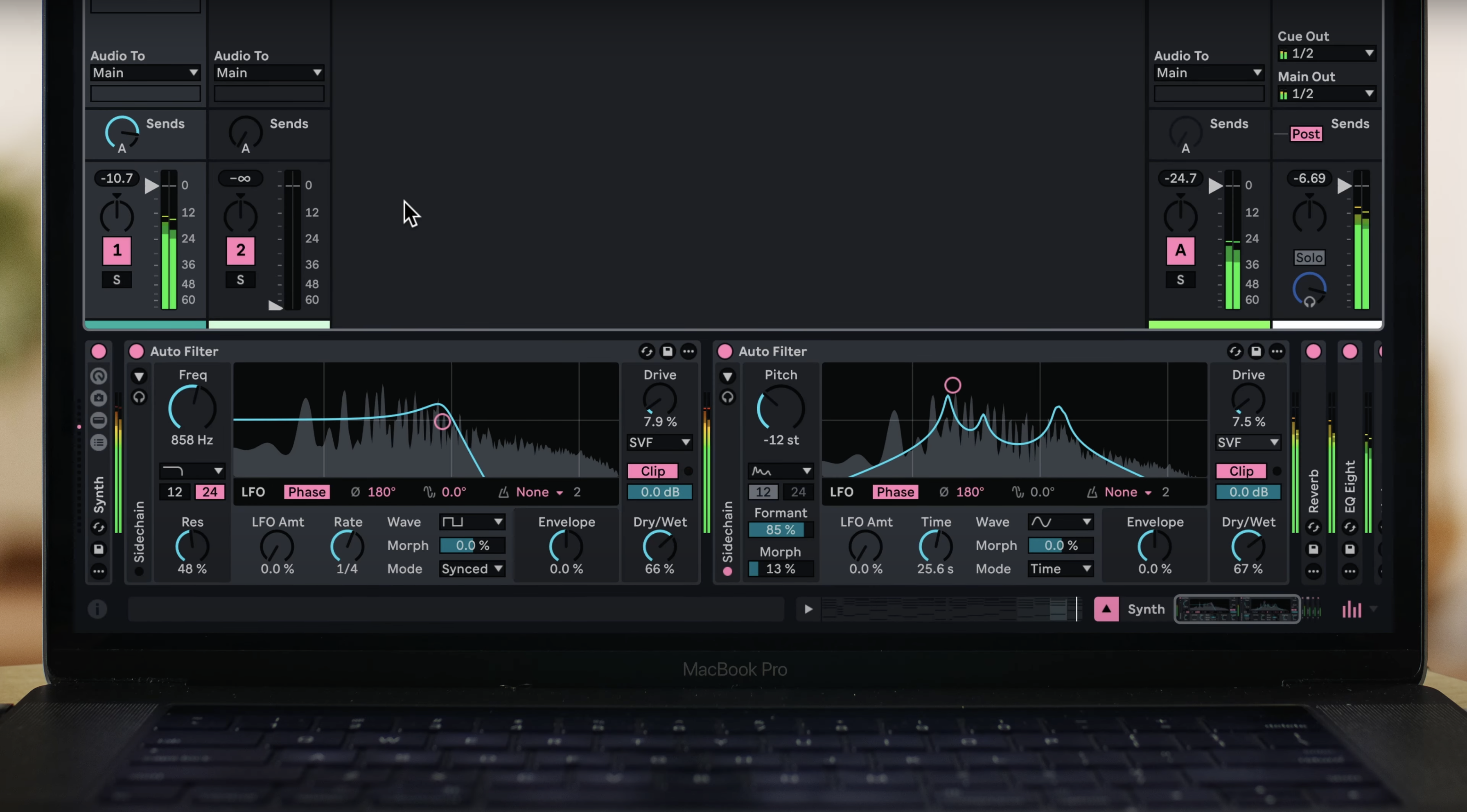
Here’s a myth that refuses to die, despite plenty of tests having irrefutably proven otherwise. Every DAW has its own sound, some say, with Ableton Live leaving a different sonic fingerprint on a track than, say, Pro Tools or Logic Pro. And now even Bob Horn is claiming that Pro Tools meters have a sound too?
Let’s put this to bed once and for all: DAWs (and meters!) don’t sound different. They’re recording digitally to ones and zeroes. There’s no ‘sound’ being imprinted on them. Of course, a DAW's stock plugins will affect the sound you get out of them - but bouncing out audio as-is will give you the same audio file, every time.
10. Moog synths are low-quality now
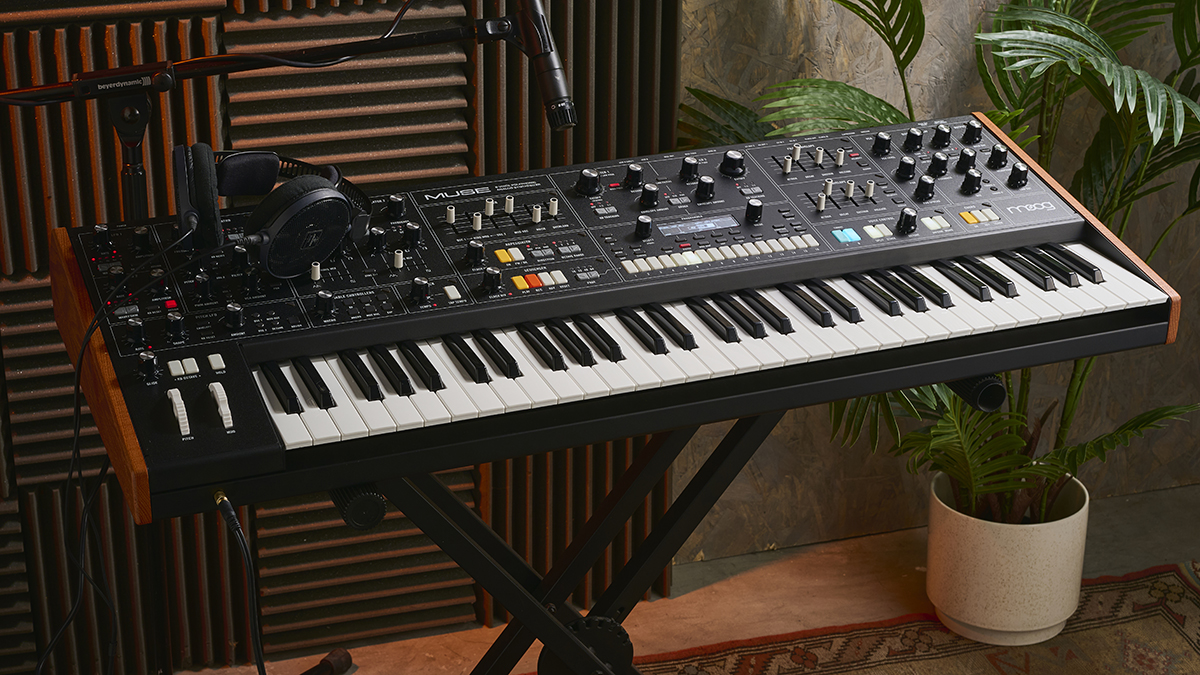
Whenever a beloved company changes owners, rumours start to circulate. This is doubly true for Moog Music, who were bought by inMusic in 2023. Moog synths were famously made in Asheville, North Carolina and now that’s all changed, leading to a drastic drop in quality. Or so the gossip says.
While inMusic hasn’t gone into too much detail about what, in fact, has changed, it seems that Moog may have been manufacturing components in Asia all along, with assembly happening locally in Asheville. That will continue for Moog’s high-ticket items, while the rest of the products will be put together where the components are made.
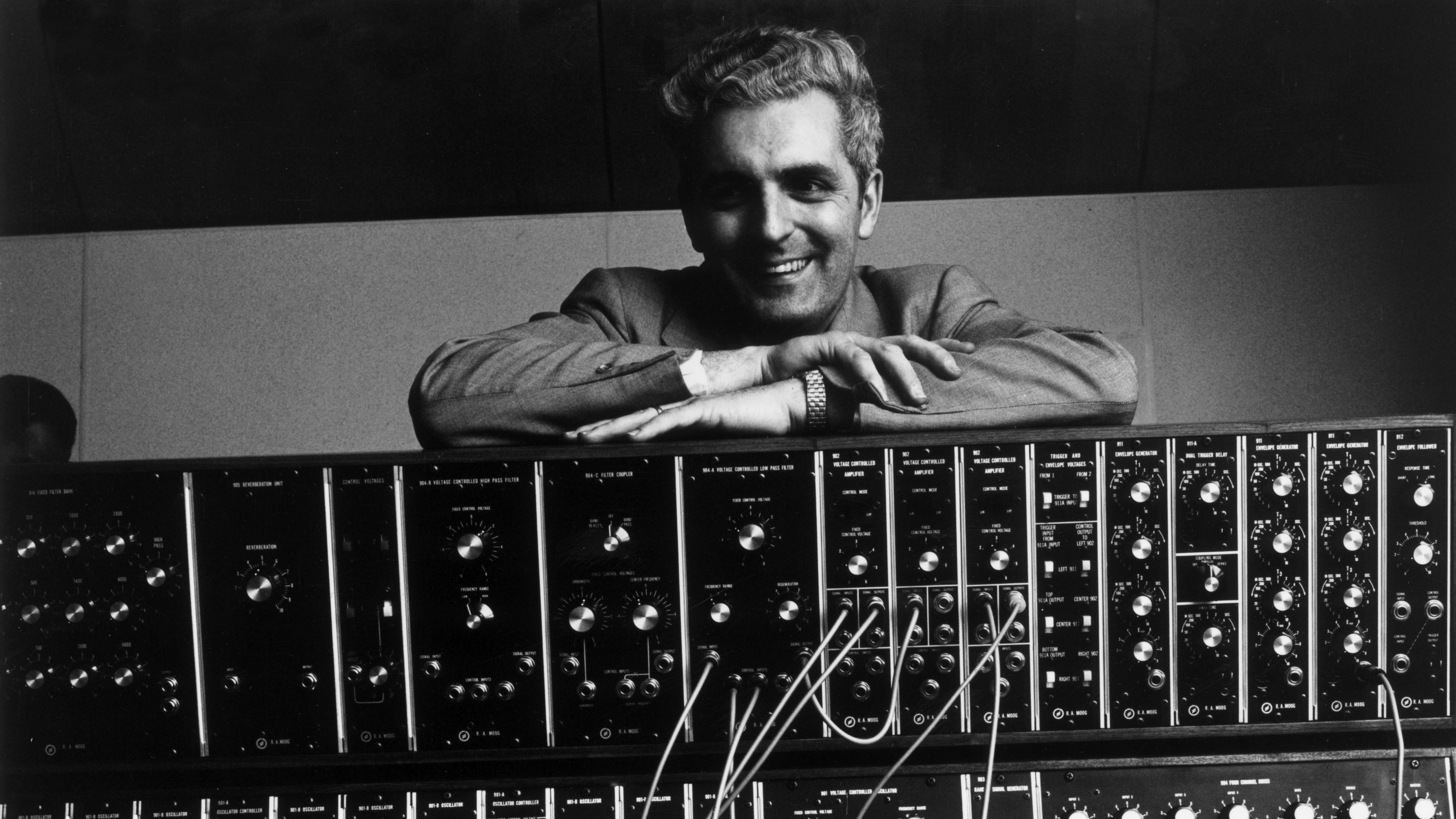
As for a change in quality? While it’s true that some users are vocal about issues they’ve experienced with some modern Moog products such as the Grandmother, just as many have attested to their robustness and roadworthiness. Is this just a case of a vocal few dominating the conversation? Or a bias from people who disapprove of an independent brand being eaten up by a corporate giant? Either way, the vast majority of Moog users are not reporting problems.
Moog synthesizers continue to be highly-rated musical instruments with a sound that thousands adore. If you’re concerned about quality control, hang on to your warranty card (not a bad piece of advice for any purchase, certainly).
Adam Douglas is a writer and musician based out of Japan. He has been writing about music production off and on for more than 20 years. In his free time (of which he has little) he can usually be found shopping for deals on vintage synths.
You must confirm your public display name before commenting
Please logout and then login again, you will then be prompted to enter your display name.
